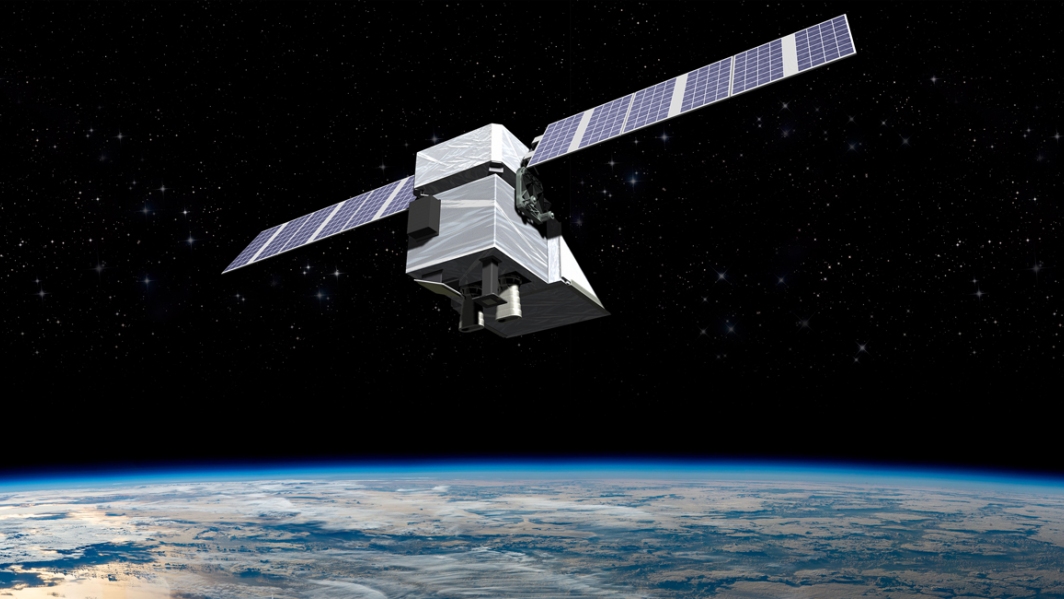-
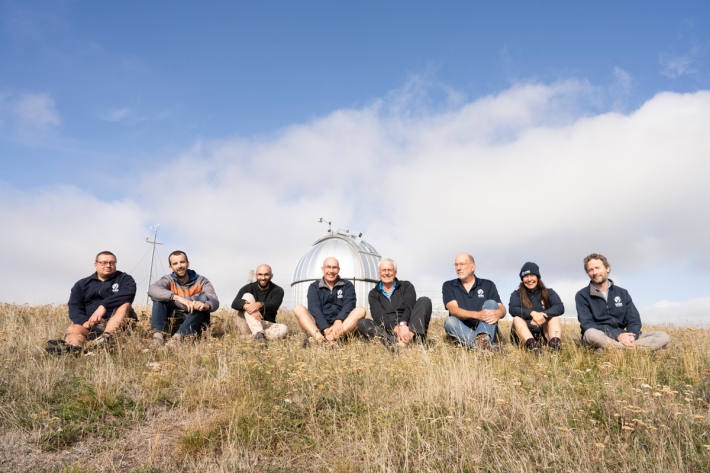
Happy diamond anniversary for some laudable work
Media release05 May 2021A Central Otago scientific research station with a globally revered reputation is marking its 60th anniversary. -
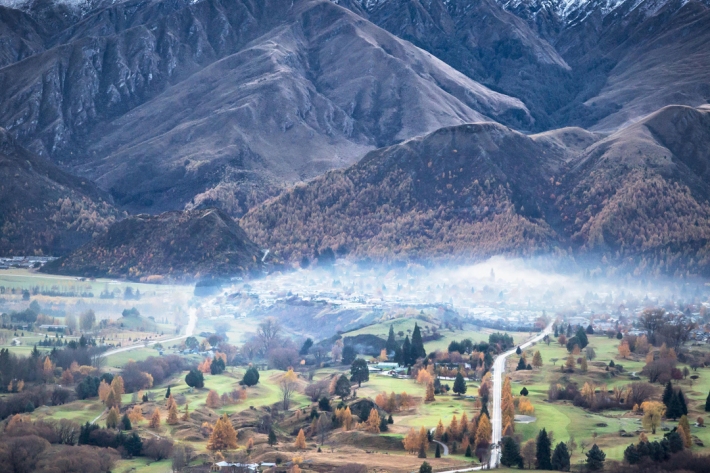
Community Air Watch Arrowtown
Research ProjectCommunity Air Watch Arrowtown enables members of the public to use new technologies to participate in studies of air quality. -
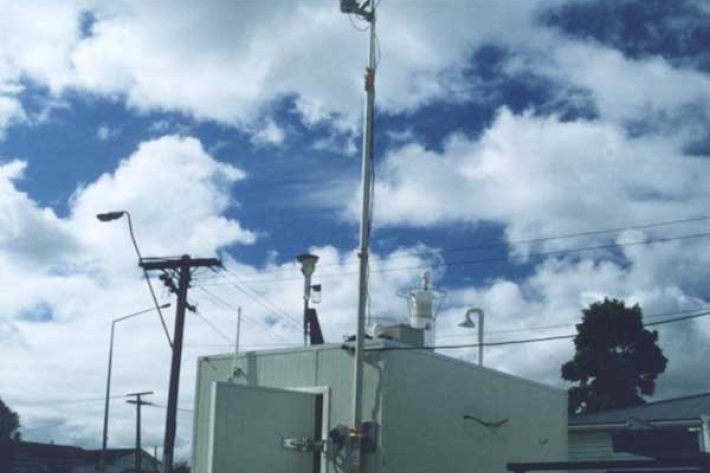
Schools Air Watch
Research ProjectSchools Air Watch enables school classes to use new technologies to participate in a study of air quality in their own community. -
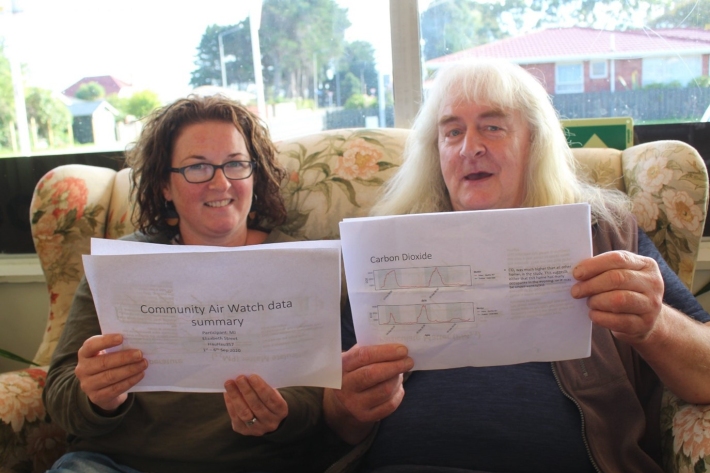
Community Air Watch Invercargill
Research ProjectCommunity Air Watch Invercargill enables members of the public to use new technologies to participate in studies of air quality. -
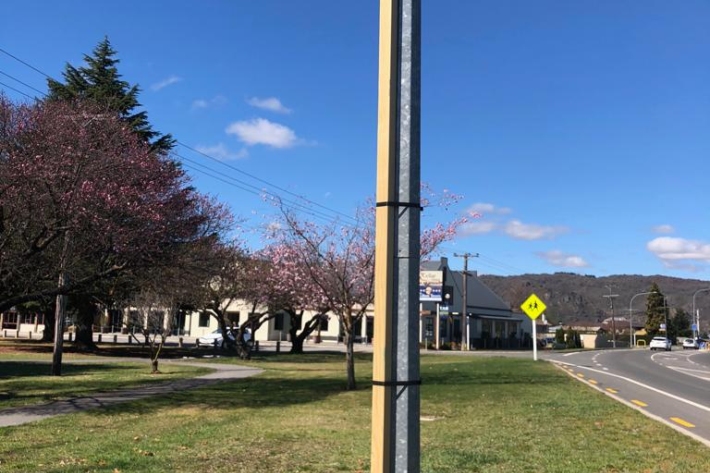
Air Grid: using grid monitoring to map air quality
Research ProjectAir quality is almost never consistent across NZ’s towns – polluted air can readily be transported on the breeze and accumulate in different locations. -
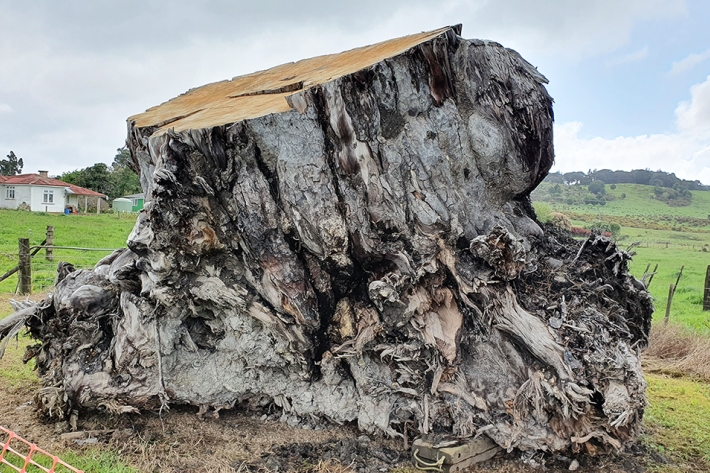
Ancient kauri trees reveal a turning point in Earth’s history 42,000 years ago
Media release19 February 2021A new international study using ancient swamp kauri from Northland shows a temporary breakdown of Earth’s magnetic field 42,000 years ago sparked major climate shifts leading to global environmental change and mass extinctions. -
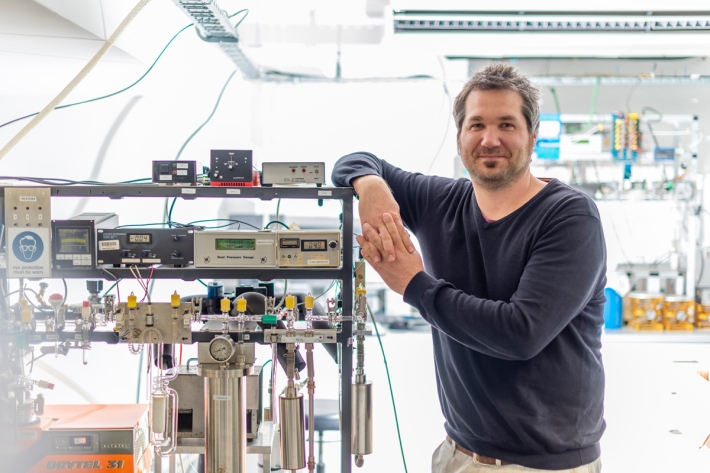
Fiordland air sharing secrets with scientist
Media release25 November 2020Peter Sperlich needs a strong south-westerly and a cast iron stomach for his next scientific mission. -
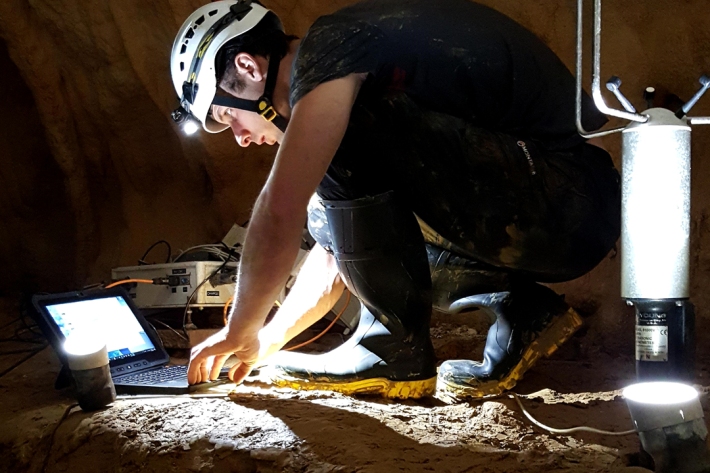
Subterranean sensing
Media release29 October 2020Once a year, technicians from NIWA’s North Island Field Team don helmets and head lamps to check a network of CO2 sensors in the world-renowned Waitomo Caves. The sensors help make sure that heavy breathing visitors aren’t wrecking the caves’ precious natural structures and microclimate. -

Locked down, but breathing freely
Feature story28 July 2020Some of the most striking images of lockdown around the world have been the blue skies of cities ordinarily choking in smog. From New Delhi to Los Angeles, Beijing to Paris, the changes were so remarkable they were visible from space. -
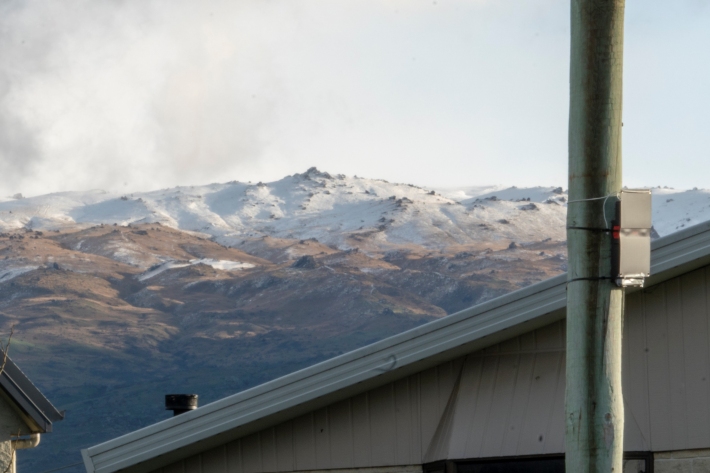
Fresh scientific scrutiny for Arrowtown air
Media release05 June 2020NIWA scientists have set up air quality sensors every 100 metres across Arrowtown in what is believed to be the world’s densest air monitoring network. -

Air quality issues in New Zealand towns: outdoor air quality animations
Research ProjectAnimations showing wind conditions and air quality over 24-hour periods across study towns during winter 2021 and 2020. -
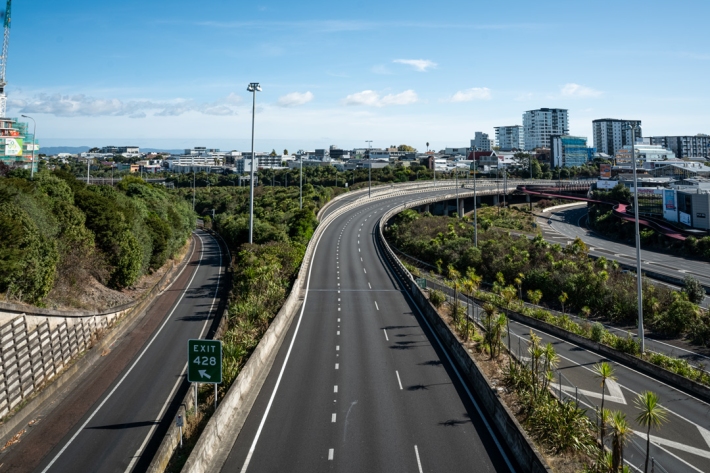
Seven weeks of clearing the air provides huge benefits
Media release18 May 2020Seven weeks of lockdown has provided evidence of how pollution can vanish overnight with benefits for the environment and individuals, says NIWA air quality scientist Dr Ian Longley.

